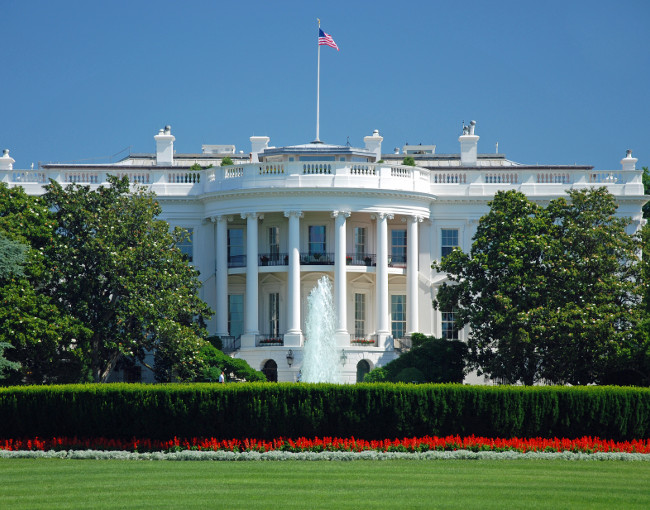With a recent executive order, the President of the United States continued the efforts of the previous administration to improve the U.S.’s cybersecurity capabilities and protections. While the previous administration had taken a number of steps toward improving U.S. cybersecurity, those efforts were perceived by many to be insufficient. After touting the need for improvements in this area during the campaign and since being sworn in, the signing of the executive order last week put the U.S. on a path towards serious IT, infrastructure, and internet abuse protections.
Executive order strengthening the cybersecurity of federal networks and critical infrastructure
The May 11 Executive Order lays out the current administration’s plan for addressing cybersecurity concerns and implementing improvements. In particular, the plan focuses on three areas of concern: (1) upgrading aging federal IT infrastructure and systems; (2) protecting key U.S. infrastructure from cyberattack; and (3) protecting Americans on the internet from cybersecurity threats. The Order also makes clear that heads of executive departments and agencies will be held accountable for “managing cybersecurity risk to their enterprises.”
Upgrading federal IT infrastructure
The Order recognizes that the current IT infrastructure among the 190 federal agencies is, at best, a patchwork quilt of different technologies and systems. This makes maintenance, support, and sustainability of the systems not only difficult, but expensive. To address this issue, the Order requires federal agencies and the government to adopt a more resilient IT architecture that favors shared IT services. This is intended to improve system efficiency and security by utilizing shared resources, hopefully reducing overall maintenance requirements and costs. Only time will tell whether agencies will be willing to set aside traditional jurisdictional protectionism and cooperate in this area. Another complicating factor may be the collection, storage, and sharing of classified information. Risks associated with using shared assets for classified activities will need to be closely examined and may pose a problem for full integration.
Federal agencies are also required to modernize and improve their operations. As part of this process, federal agencies will need to provide risk management reports assessing the risk of cyberattack and to develop plans to address those risks. Governmental agencies must review their current cybersecurity posture using the National Institute of Standards and Technology’s (“NIST”) cybersecurity framework. While requiring agencies to utilize the NIST framework is encouraging, it is important to remember that NIST, in its entirety, is not appropriate for all organizations, and should be scaled accordingly.
The aggressive timeline for completing the initial assessment and follow-on actions is also concerning. An expedited, hasty process can cause key issues to be overlooked, and requiring infrastructure improvements by a date certain without considering the impact on users and the systems themselves can lead to systemic failures down the road.
Public infrastructure protection
The Order also requires the Secretary of Homeland Security to assess the risks of, and associated with, a prolonged power outage caused by a cybersecurity incident. As part of this assessment, the Department of Homeland Security is asked to assess the U.S.’s readiness to manage and respond to such an attack and any shortcomings or gaps in the U.S.’s capabilities to mitigate the consequences of such an attack. The Secretary of Defense is asked to prepare a similar report regarding the ability of the defense industrial base and the U.S. military to respond to a cyberattack on their infrastructure and to mitigate such an attack.
Internet security
Perhaps recognizing that accomplishing the tasks required under the Order will require significant personnel resources, the Order tasks the Secretary of Commerce and the Secretary of Homeland Security to assess the education and training of IT professionals in the U.S. and to report on ways in which these efforts can be supported and grown to sustain the U.S.’s public and private cybersecurity workforce. The Director of National Intelligence is asked to review foreign cybersecurity training efforts to identify potential future and long-term cybersecurity threats to the U.S. that foreign countries may be developing. And the Secretary of Defense is asked to assess the U.S.’s efforts to maintain a cybersecurity advantage over our adversaries and to prepare a report addressing any concerns or shortfalls in that area. Of course, it is yet to be seen how the agencies tasked in the Order will find the necessary resources required by such requests, especially in light of the current administration’s stated intent to reduce the overall footprint of the federal government.
Conclusion
The May 11 Executive Order is a strong effort toward upgrading and addressing the United States’ cybersecurity capabilities. But it remains to be seen what sort of commitment the efforts identified will receive from Congress, private enterprises, and the rest of the government. Nor is it clear where funding for such initiatives will come from, given the administration’s concurrent effort to reduce taxes. While massive undertakings are necessary to address the U.S.’s cybersecurity concerns, any such undertaking is subject to bureaucratic and political pressures.
For more information, please contact one of the attorneys in the Firm's Cybersecurity group.










